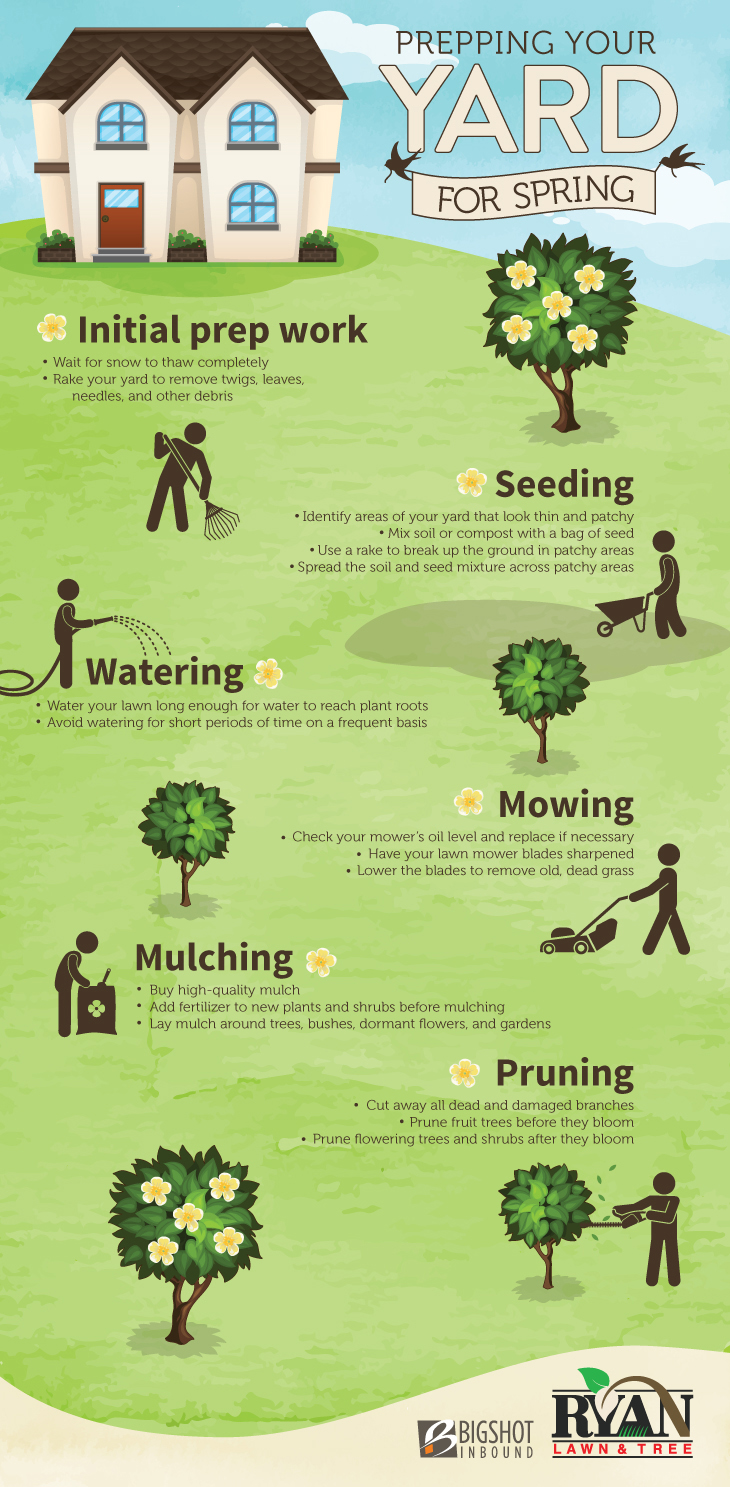Signs Indicating The Requirement For Tree Elimination: Recognizing Risky Trees
Signs Indicating The Requirement For Tree Elimination: Recognizing Risky Trees
Blog Article
Power Tree Trimming Tools -Truelsen Aagaard
When it concerns tree treatment, identifying the indications that it's time for elimination is vital for your safety and security and residential property. You could notice tarnished leaves, wilting branches, or strange fungal growths indicating health problems. Architectural issues, like a considerable lean or splits in the trunk, can additionally pose dangers. Comprehending these warning signs can assist you make informed choices concerning your trees and prevent potential risks hiding in your lawn. What should find more info try to find next?
Signs of Decay and Illness
When you notice indications of degeneration and disease in your trees, it's important to act quickly. Seek stained fallen leaves, wilting branches, or unusual developments like fungus. These can indicate that your tree is having a hard time.
If you see splits in the bark or soft, mushy timber, these signs suggest inner decay. Furthermore, an unexpected rise in parasites around your tree can signal that it's weakened and vulnerable.
Look for any type of dead or passing away limbs, as they present a risk to your property and safety. If you doubt concerning what you see, getting in touch with an arborist can provide clearness.
Resolving these indicators early can conserve you from a lot more comprehensive damages and guarantee the wellness of your yard. Do not wait till it's too late.
Structural Instability and Leaning
As you observe your trees, watch out for any type of signs of architectural instability or leaning. If a tree leans significantly, it may show that the origin system is endangered.
Search for any splits in the trunk or soil around the base; these can signal possible failing. Additionally, check for unusual development patterns, like an uneven crown, which may recommend that the tree is battling to hold itself upright.
If you observe that the tree favors your home, power lines, or various other structures, it poses a higher risk. Do not disregard these indicators-- seek advice from an arborist to analyze the scenario.
Acting early can protect against expensive damages and guarantee your safety.
Dead or Dying Branches and Vegetation
If you observe dead or passing away branches and vegetation on your tree, it's a clear indication that something's incorrect.
These unhealthy areas can suggest underlying issues like condition, bug invasions, or ecological tension. When branches shed their leaves or turn brownish, they're no more contributing to the tree's wellness. Neglecting these indications could lead to more decline, making your tree much more hazardous.
Dead branches can easily break short during storms, posturing a risk to property and individuals nearby. It's critical to evaluate the extent of the damages.
If the issue influences a substantial part of the tree, consider speaking with a specialist. They can assist figure out if elimination is required to make certain security and preserve the charm of your landscape.
Final thought
If you discover any kind of indicators of decay, structural instability, or dead branches on your trees, don't overlook them. These indications can posture serious security dangers to you and your residential or commercial property. It's always best to get in touch with an expert arborist that can offer an expert assessment of your trees. Acting early can stop accidents and expensive damages, guaranteeing your landscape continues to be secure and healthy. Remember, it's better to be aggressive about tree treatment than to wait on a catastrophe to happen.
